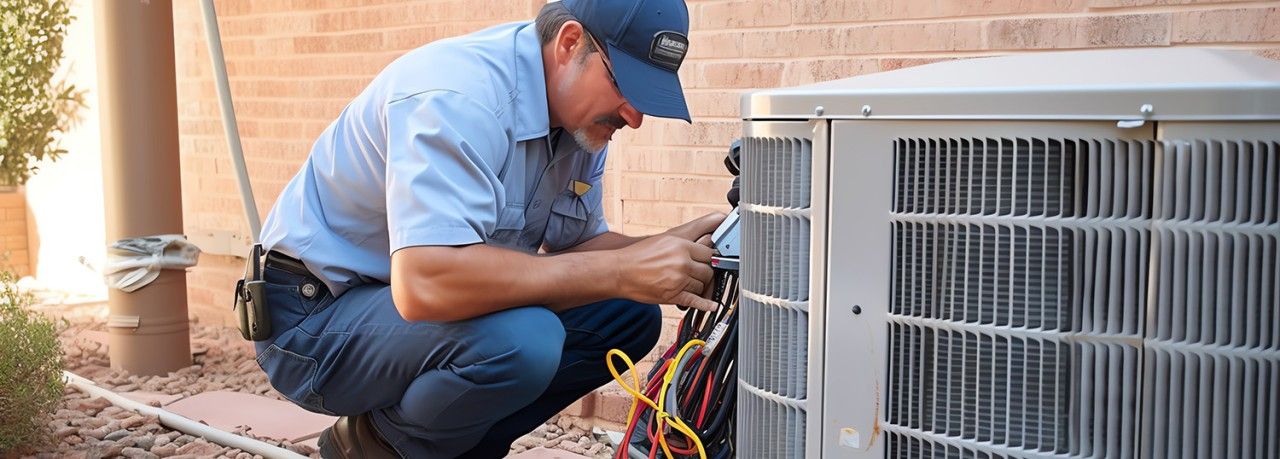There are different types of residential HVAC systems that can keep you cool during the hottest summer months.
Hvac Split System
An HVAC split system refers to a type of heating, ventilation, and air conditioning (HVAC) system commonly used in residential and small commercial buildings. It consists of two main components: an indoor unit and an outdoor unit.
Indoor Unit: This component typically contains the evaporator coil responsible for cooling the air and a fan to circulate the conditioned air throughout the building. In heating mode, it may also contain a heat exchanger or electric heating elements.
Outdoor Unit: Also known as the condensing unit, this part of the system houses the compressor, condenser coil, and a fan. It's responsible for releasing heat absorbed from indoor air during the cooling process to the outdoor environment.
The two units are connected by refrigerant lines, which circulate refrigerant between them. During operation, the indoor unit absorbs heat from indoor air, cooling it down, while the outdoor unit releases this absorbed heat to the outside environment. In heating mode, the process is reversed, with the outdoor unit absorbing heat from the outdoor air and transferring it indoors.
Split systems are popular because they offer flexibility in installation, are relatively easy to maintain, and provide efficient heating and cooling. They're often used in conjunction with ductwork to distribute conditioned air throughout the building.
Hybrid Heat Pump HVAC System
A hybrid heat pump HVAC system combines the functionality of a traditional heat pump with a backup heating source, usually a gas furnace. This combination allows the system to efficiently heat and cool a building in a variety of conditions, maximizing energy efficiency and comfort.
Here's how it typically works:
Heat Pump Functionality: Like a standard heat pump, the system uses refrigerant to transfer heat between the indoors and outdoors. In heating mode, it extracts heat from the outdoor air (even in cold temperatures) and transfers it indoors to warm the building. In cooling mode, it removes heat from indoor air and releases it outside.
Backup Heating: When outdoor temperatures drop too low for the heat pump to operate efficiently, or when there's a high demand for heating, the system switches to the backup heating source, usually a gas furnace. The furnace provides supplemental heat to maintain comfortable indoor temperatures.
Automatic Switching: A control system manages the switching between the heat pump and the furnace based on factors such as outdoor temperature, indoor temperature demand, and energy efficiency considerations. This ensures that the system operates as efficiently as possible while maintaining comfort.
Hybrid heat pump systems offer several advantages:
Energy Efficiency: They can achieve higher energy efficiency compared to traditional heating systems, especially in moderate climates where the heat pump can handle most of the heating load.
Comfort: The backup heating source ensures that the system can effectively heat the building even in extremely cold conditions.
Flexibility: Users can choose between the more efficient heat pump operation or the faster heating provided by the furnace based on their preferences and energy costs.






